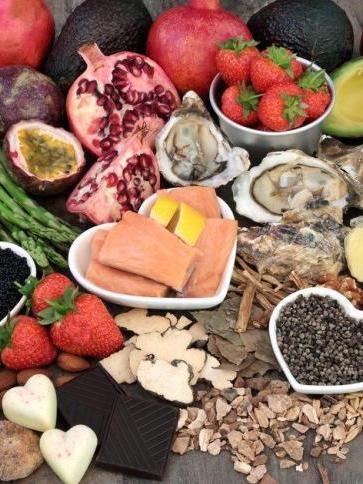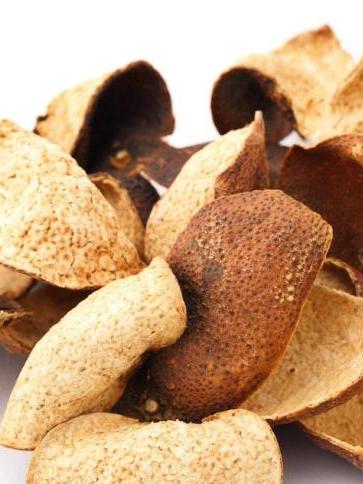
A small business farming 100 percent Fullblood wagyu, they own more than 3,200 Fullblood wagyu animals across 6,500 acres, and process 55 animals per month, with the aim of producing high quality, GMO-, hormone- and antibiotic-free beef, while focusing on animal welfare, the environment and sustainable farming.
Dear Ben, what’s the difference between Japanese and Australian wagyu and wagyu grading, and should I be concerned about full blood and half-blood cattle?
It is extremely difficult to compare Australian and Japanese wagyu directly due to the many different ways wagyu can be produced, every farmer has different methods and production processes. It would be much easier to compare farmers rather than an entire countries’ methods.

Australia’s soils, climate, grasses and rainfall are all different to Japan which will affect the taste, texture and quality; all beef should be celebrated for these differences. Australia, for instance, has much more space and open farmlands for the cattle to graze naturally at different stages of the production process. The location of a farm within a country can certainly affect the flavour of its beef.
The climate is extremely different across various parts of Australia, from the North to the South. It is hot and humid in the North, where tropical grasses can be found, whereas in the South, the climate is cooler and you find traditional grasses like clover and rye grasses. These differences in climate and soil quality will impact quality and flavour of the beef, similar to wine - different regions can grow the same variety but due to different climate and soil types, the wine can taste totally different.

Wagyu genetics are extremely important in producing quality beef. From 1992 to 1996, for the first time in Japan’s history, they allowed both Fullblood Wagyu males and females to leave the country. This allowed Blackmore to breed Fullblood Wagyu in Australia - the only wagyu we produce today.
Purebred Wagyu is considered a crossbred animal, that is, when a Fullbood Wagyu animal has been crossed with another breed. On the fourth cross, it has 93.75 per cent wagyu genetics and is called Purebred. It is estimated that 95 per cent of all wagyu produced in Australia is Crossbred wagyu, and only 5 per cent is Fullblood wagyu.
The Australian grading system for meat is completely different to the Japanese grading system. In Australia, we have two official systems: Ausmeat and MSA (Meat Standards Australia), and both have a marble score grade from 0 to 9. If the quality exceeds 9, it can be graded 9+. Both grading systems have comparable marble grades.
The Japanese grading system has a marble score grade from 1 to 12. However, they also look at many other characteristics of the carcasses, and have an overall grade where A5 is the highest grade (you only need marble score 8+ to qualify for A5).
When a carcass is graded, the grade is decided at one point in the animal and the whole animal is considered this grade. In Australia, it is recommended that the grading is completed between the 10th and 11th rib; in Japan, it is between the 6th and 7th rib.

















